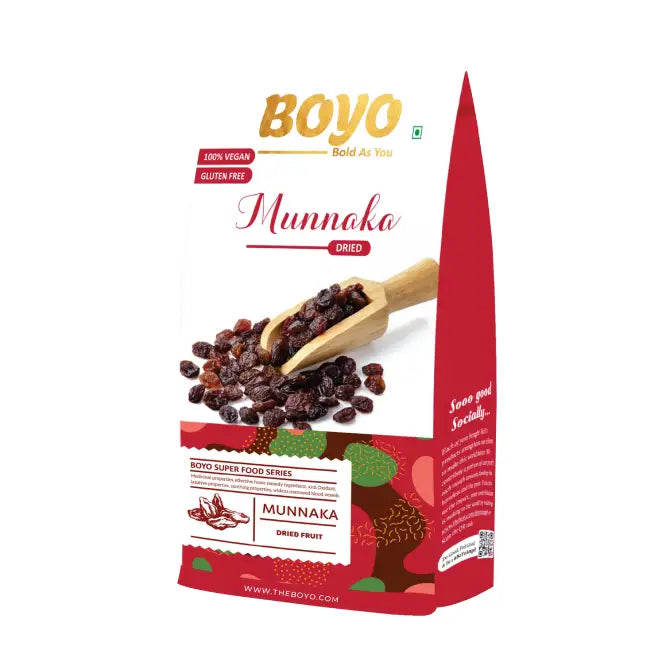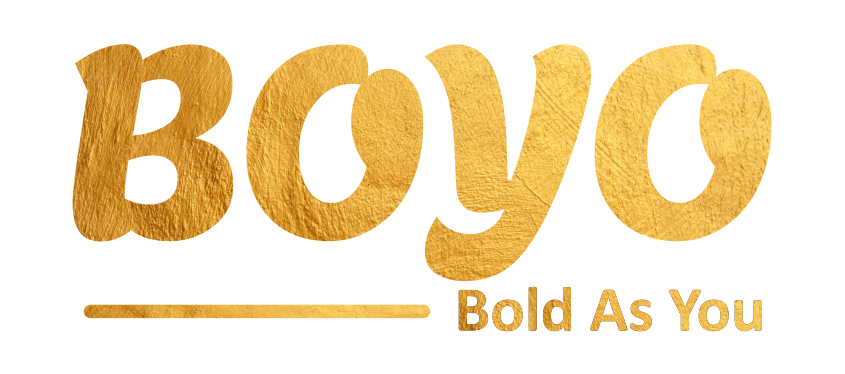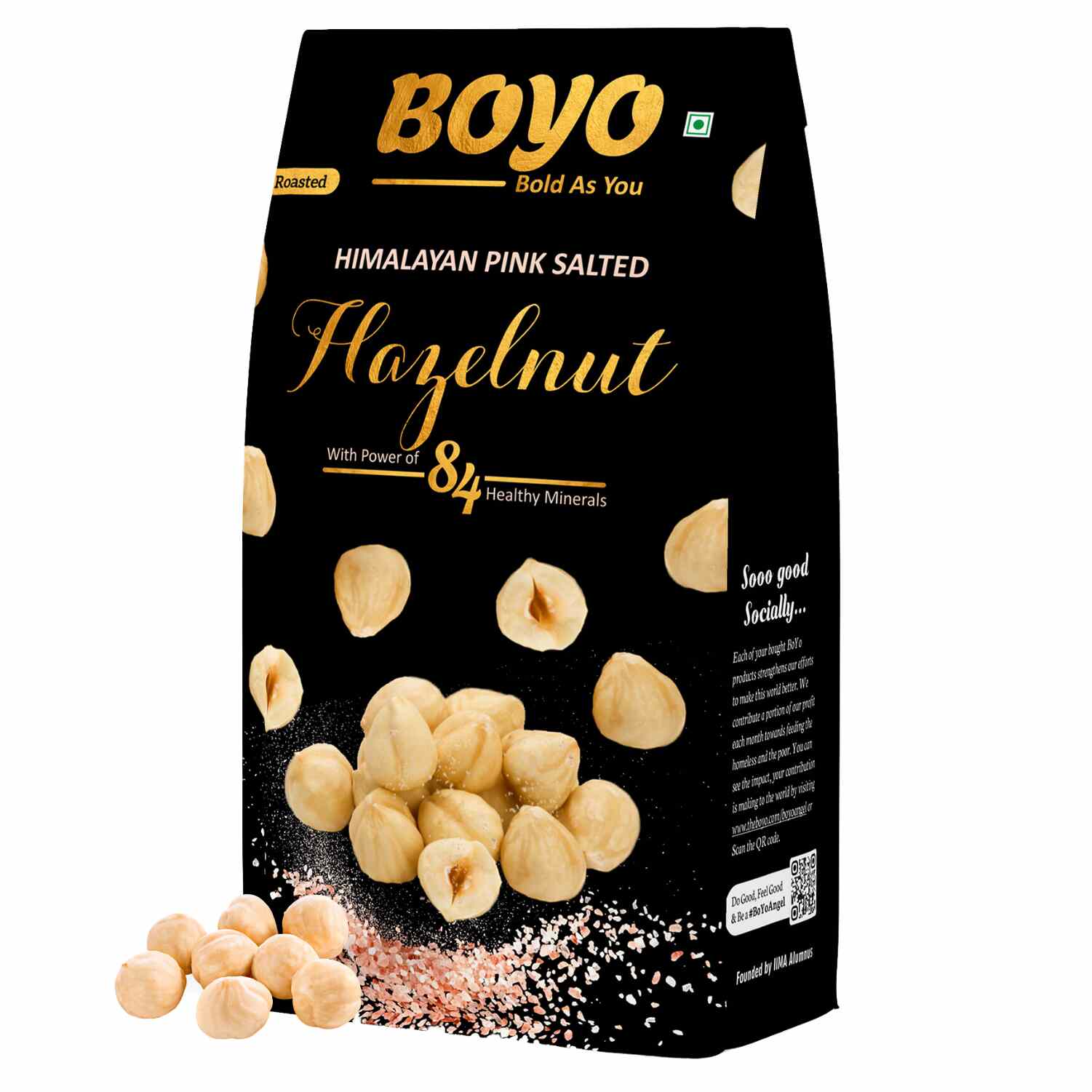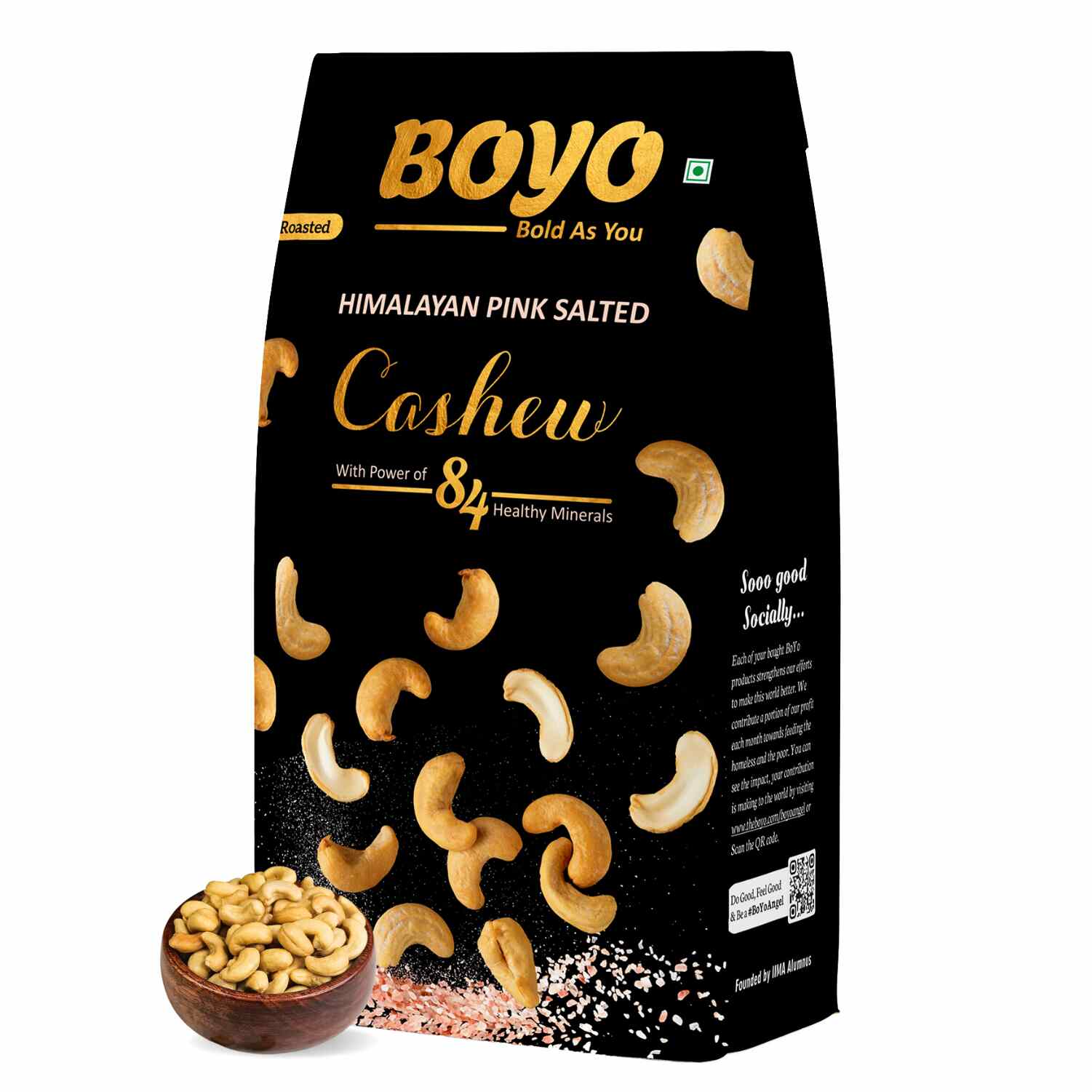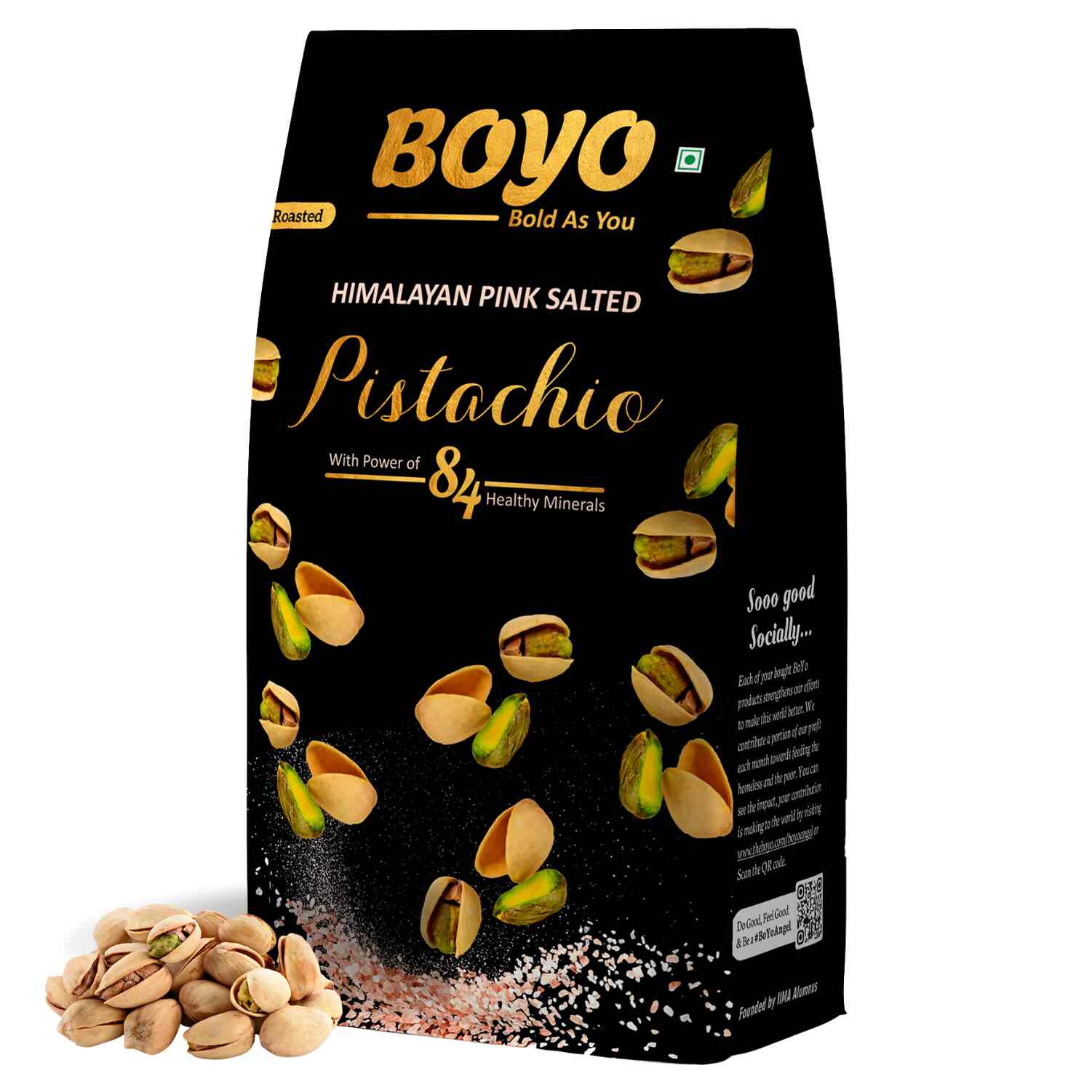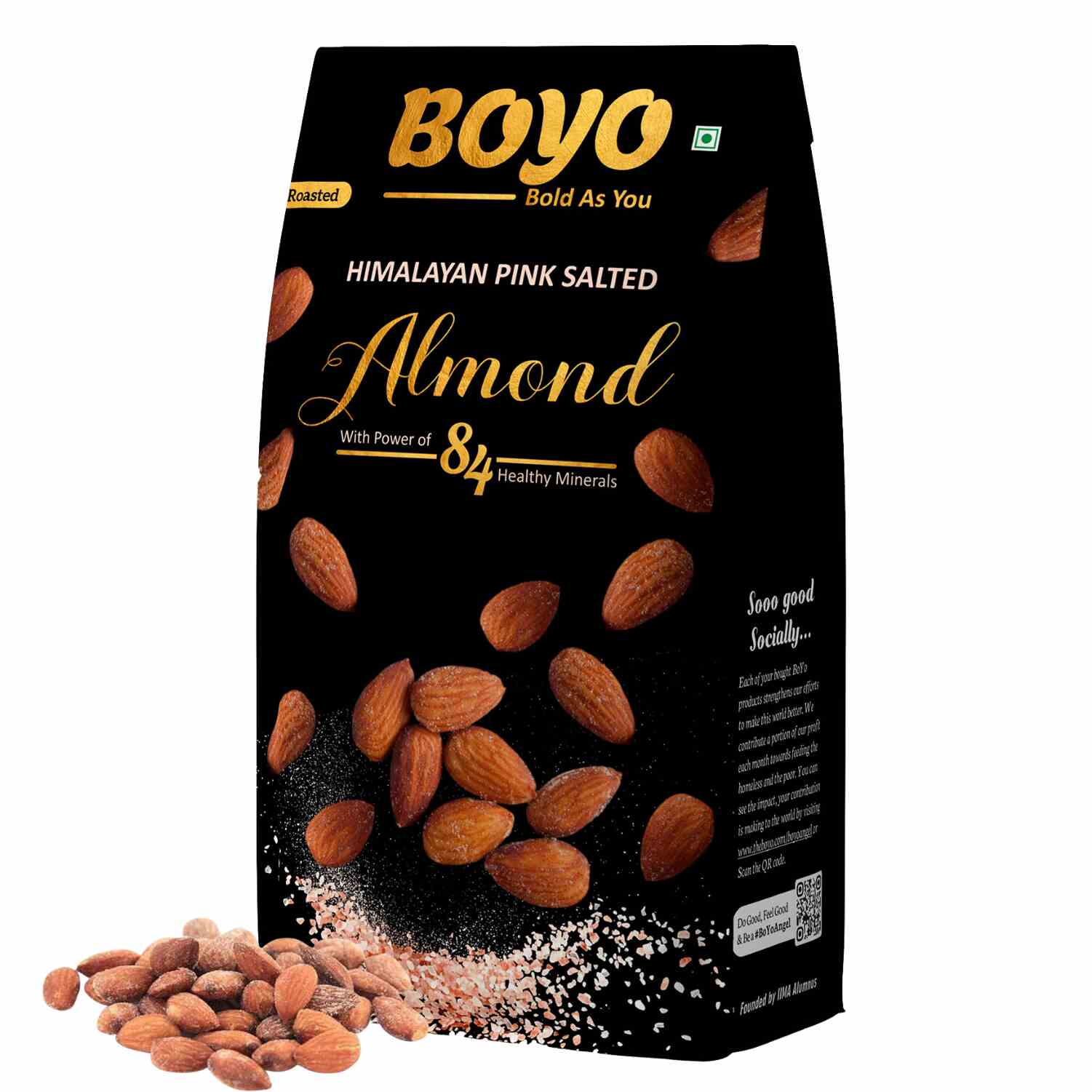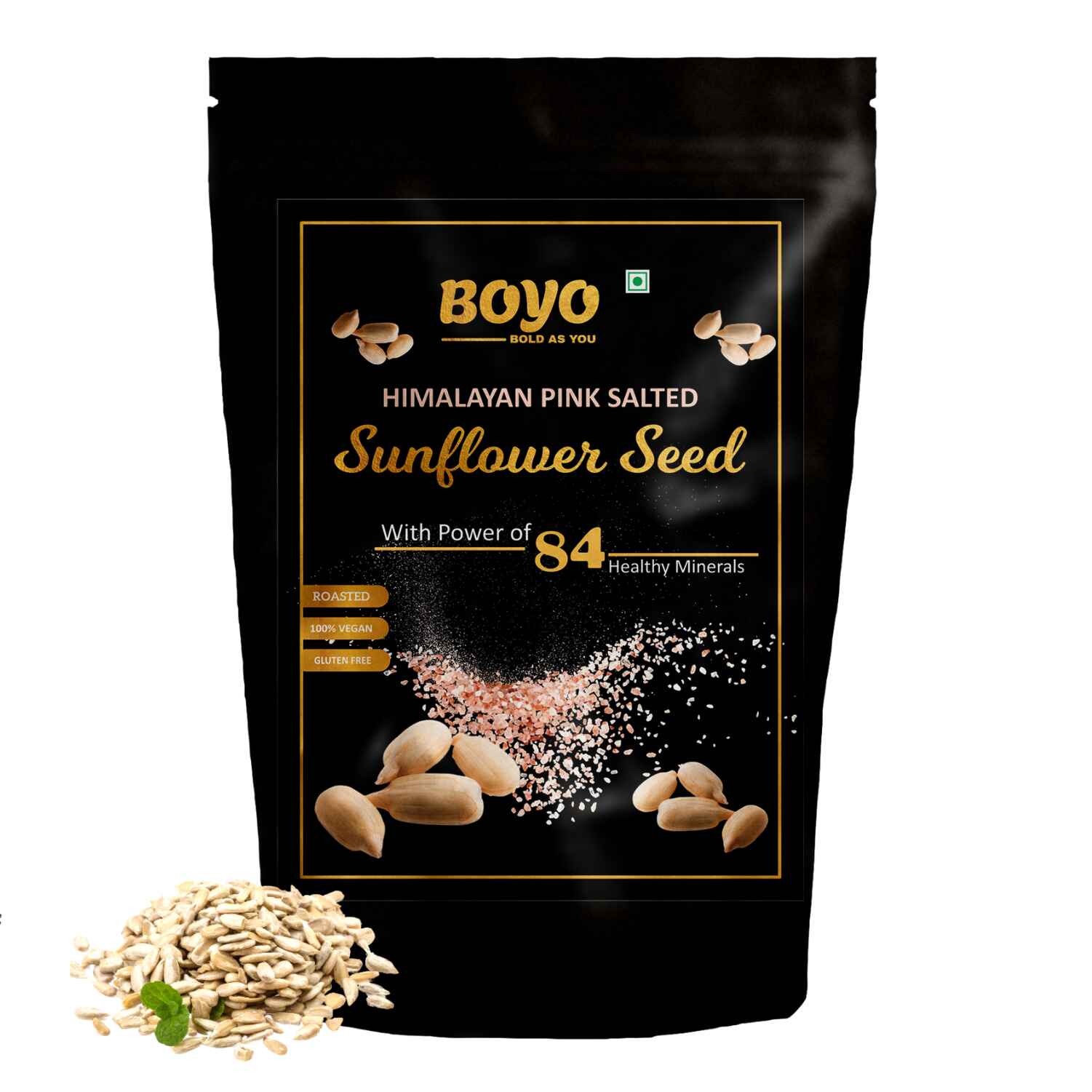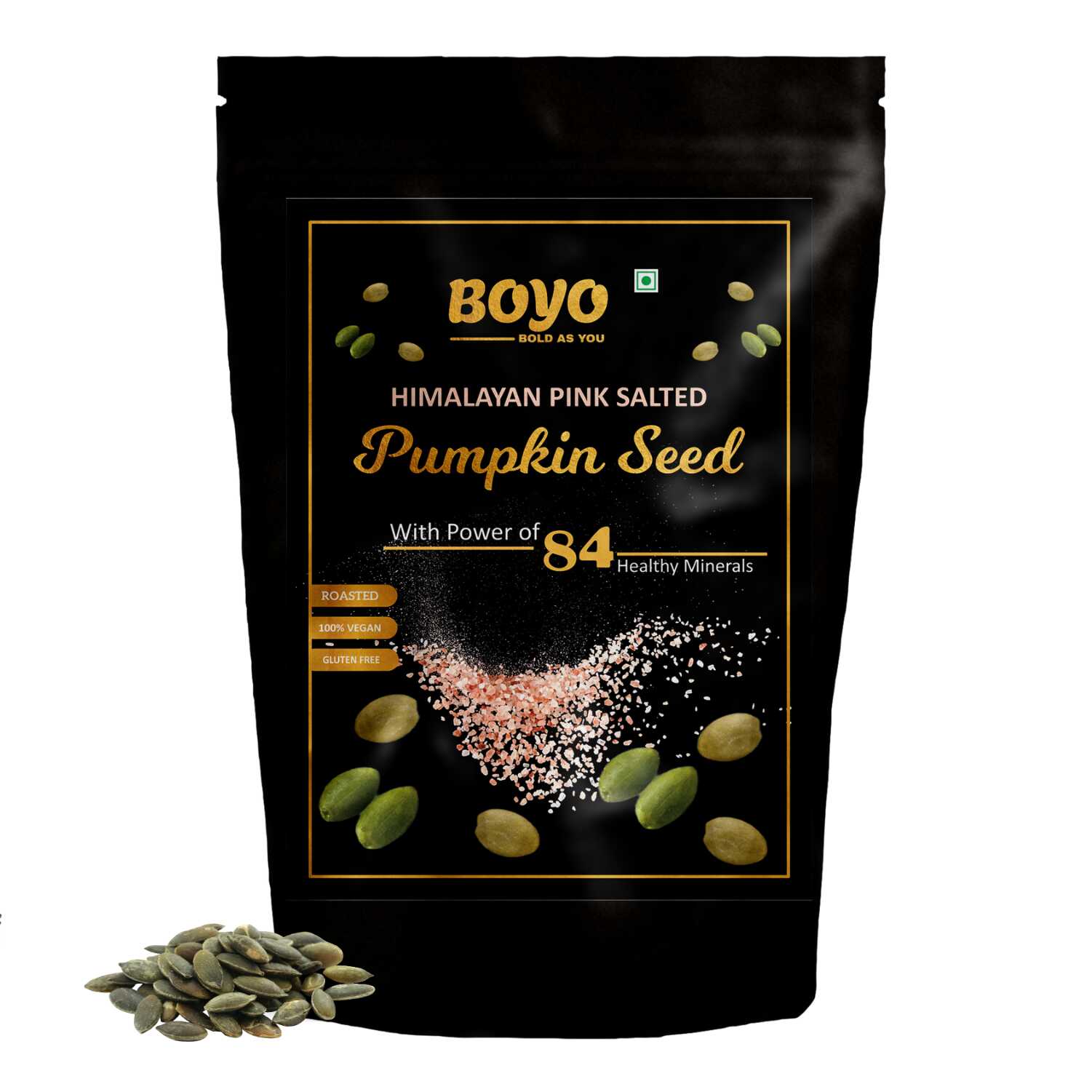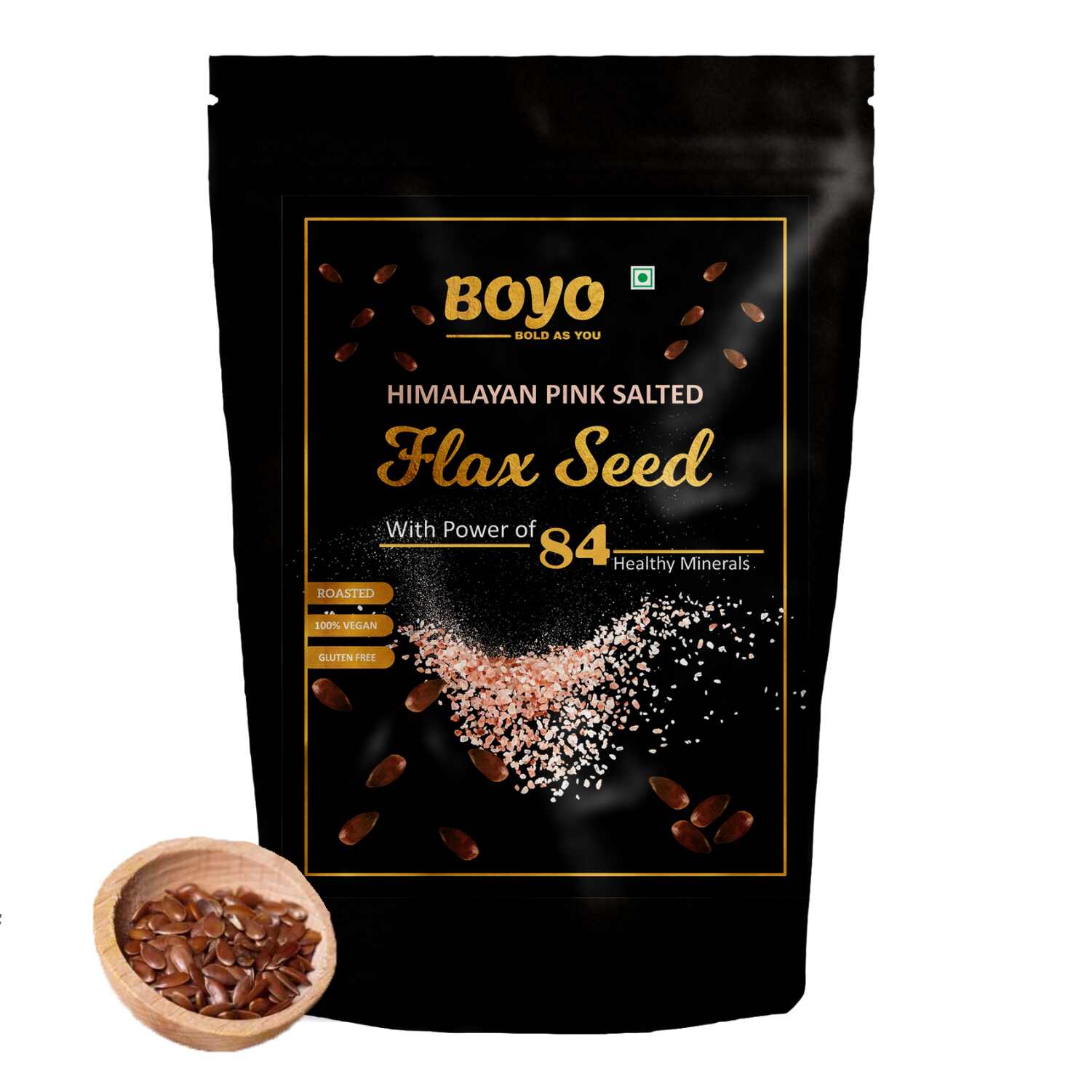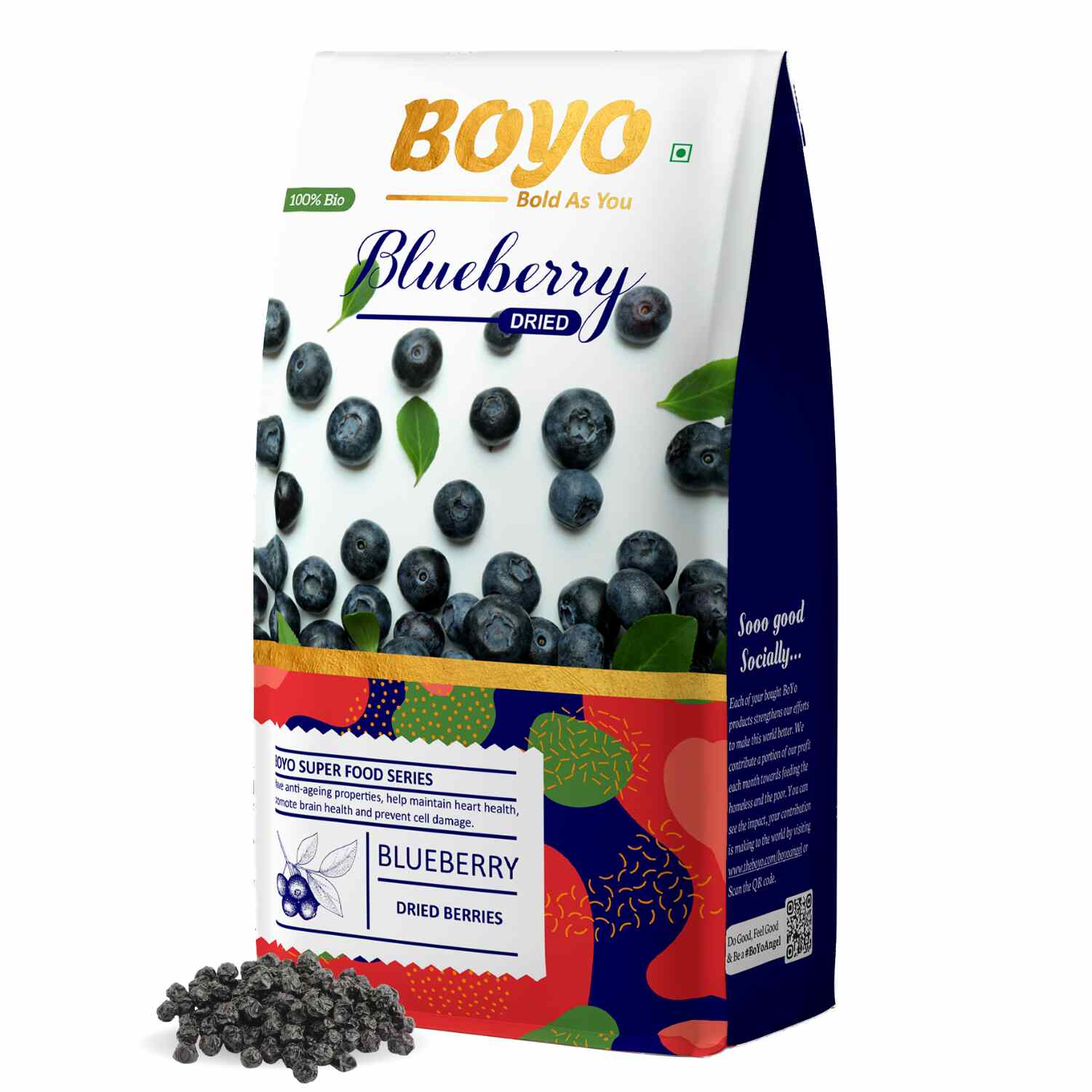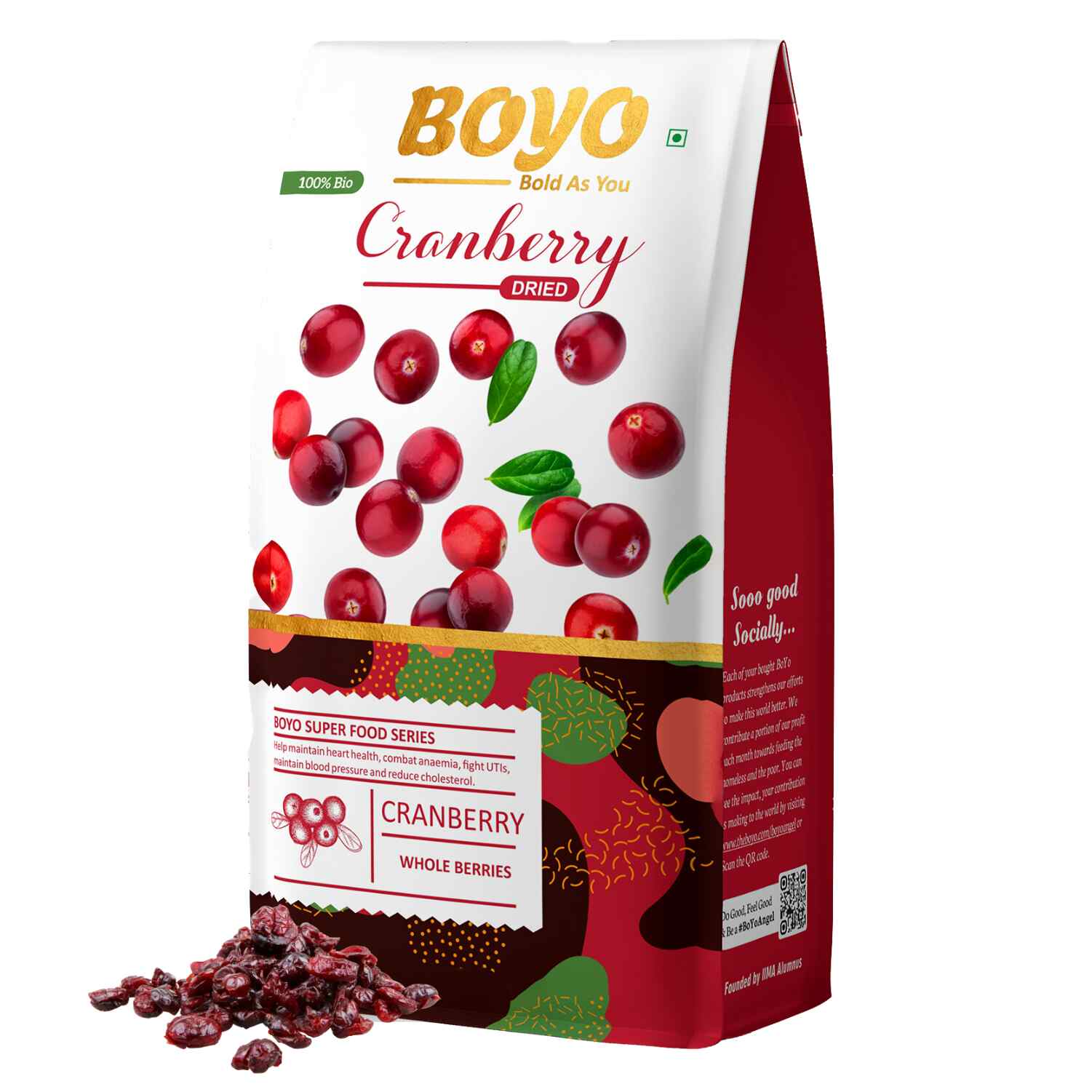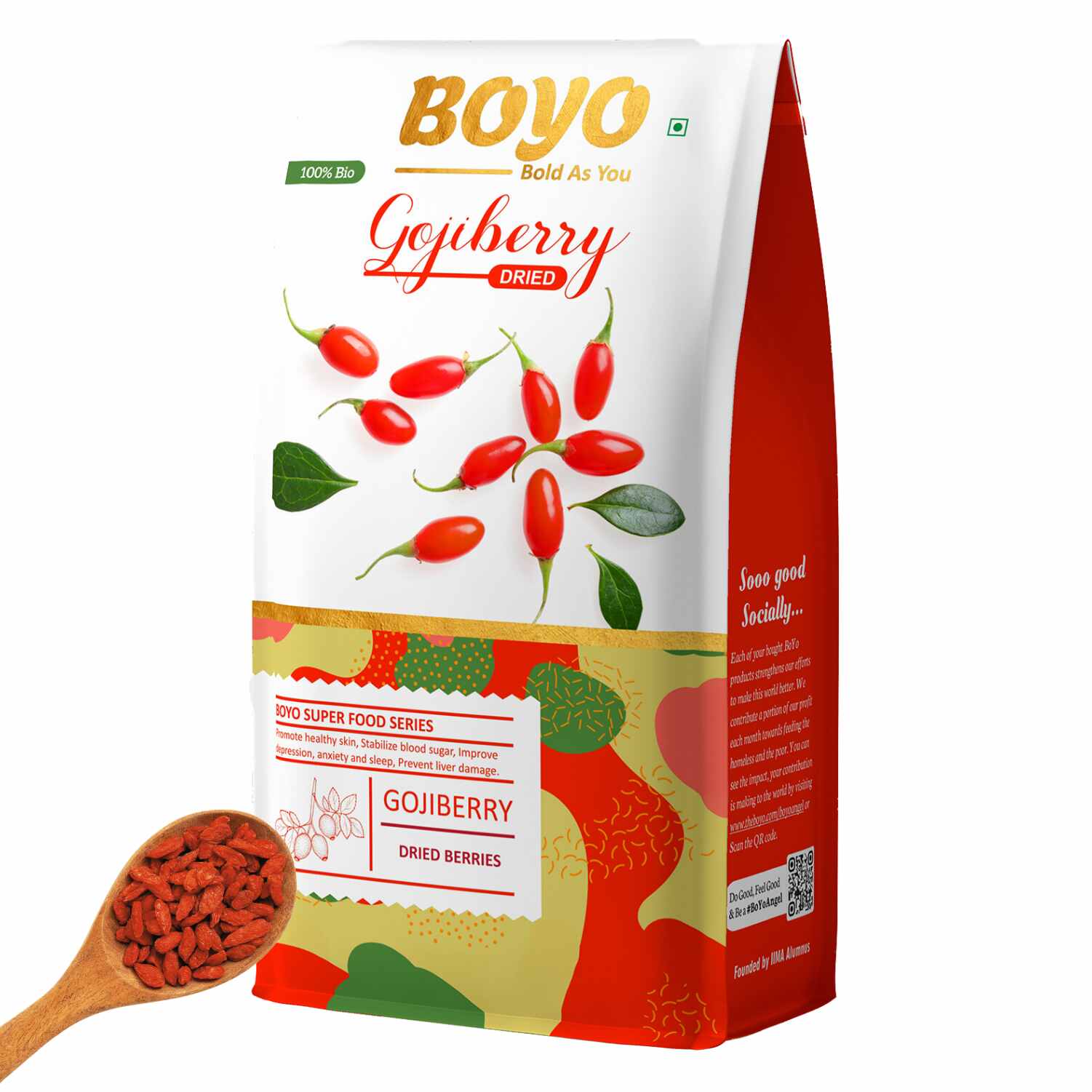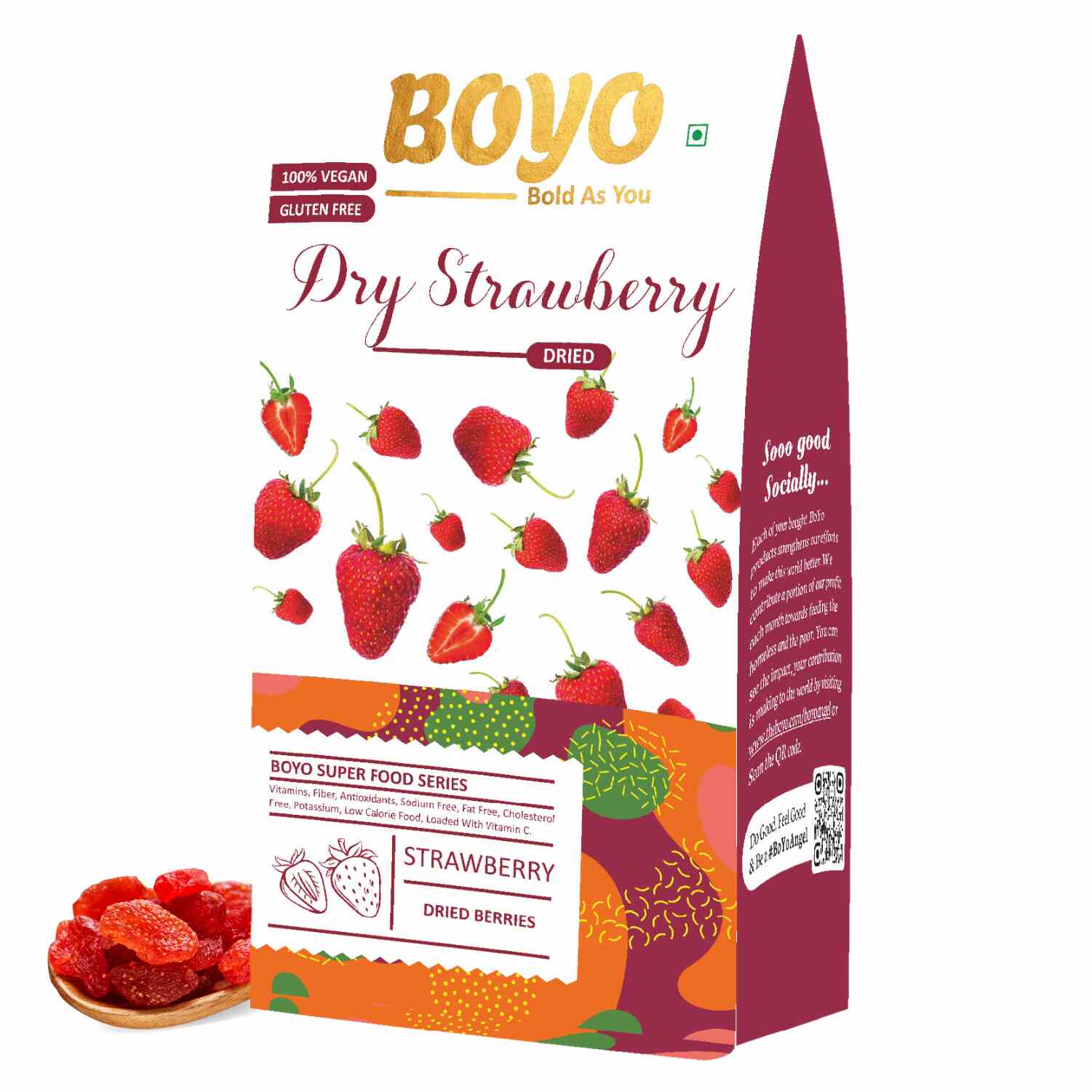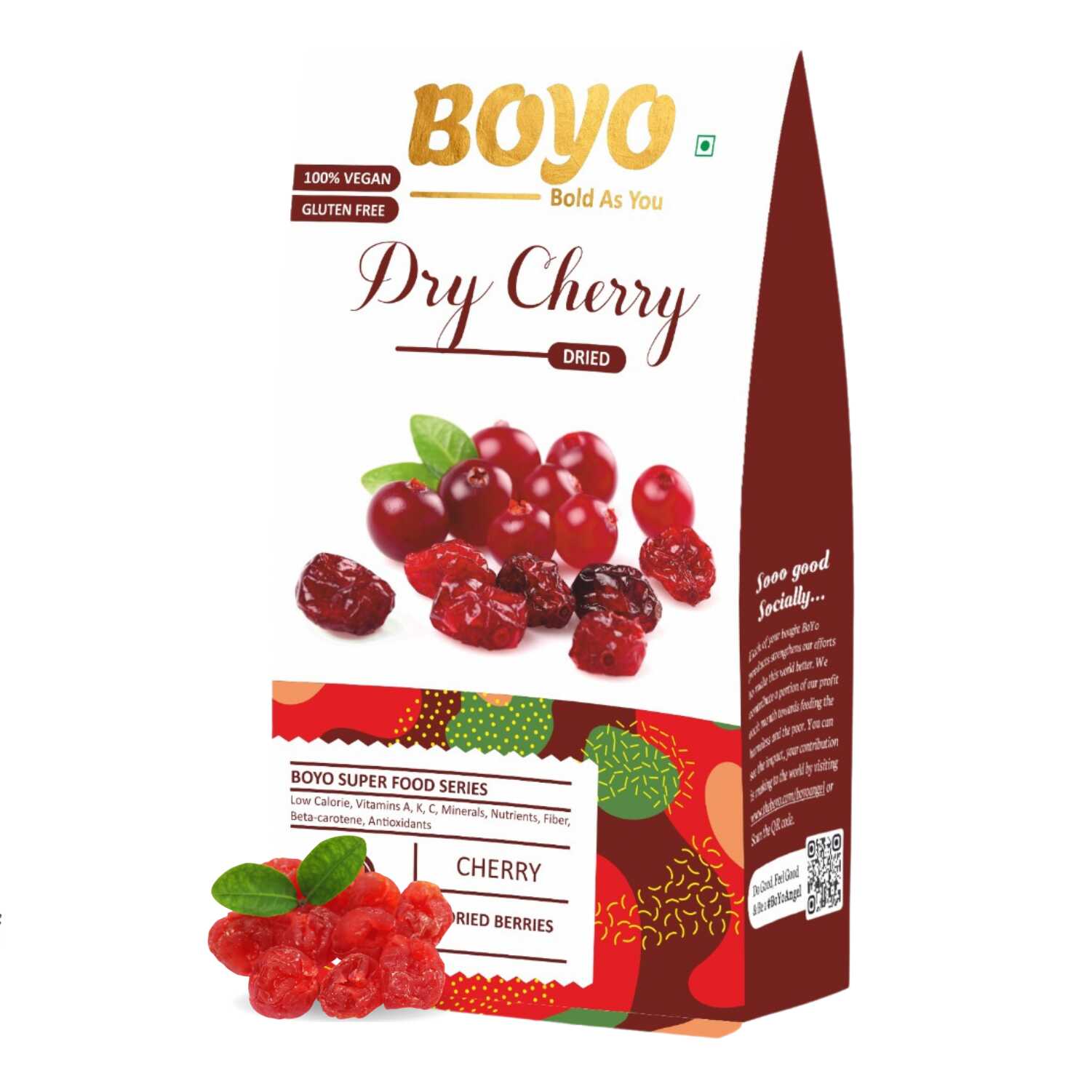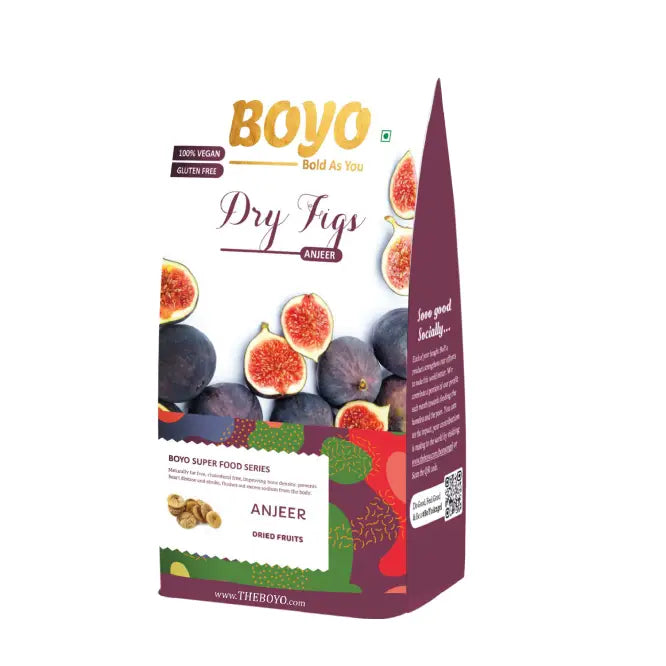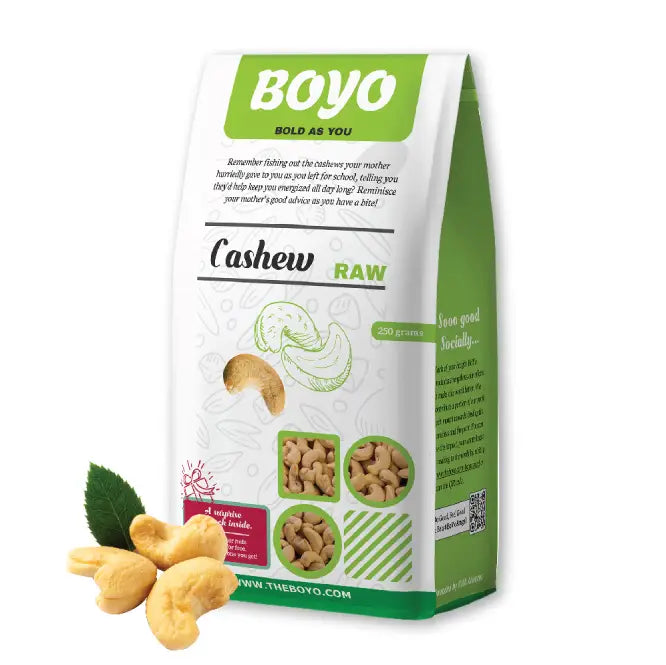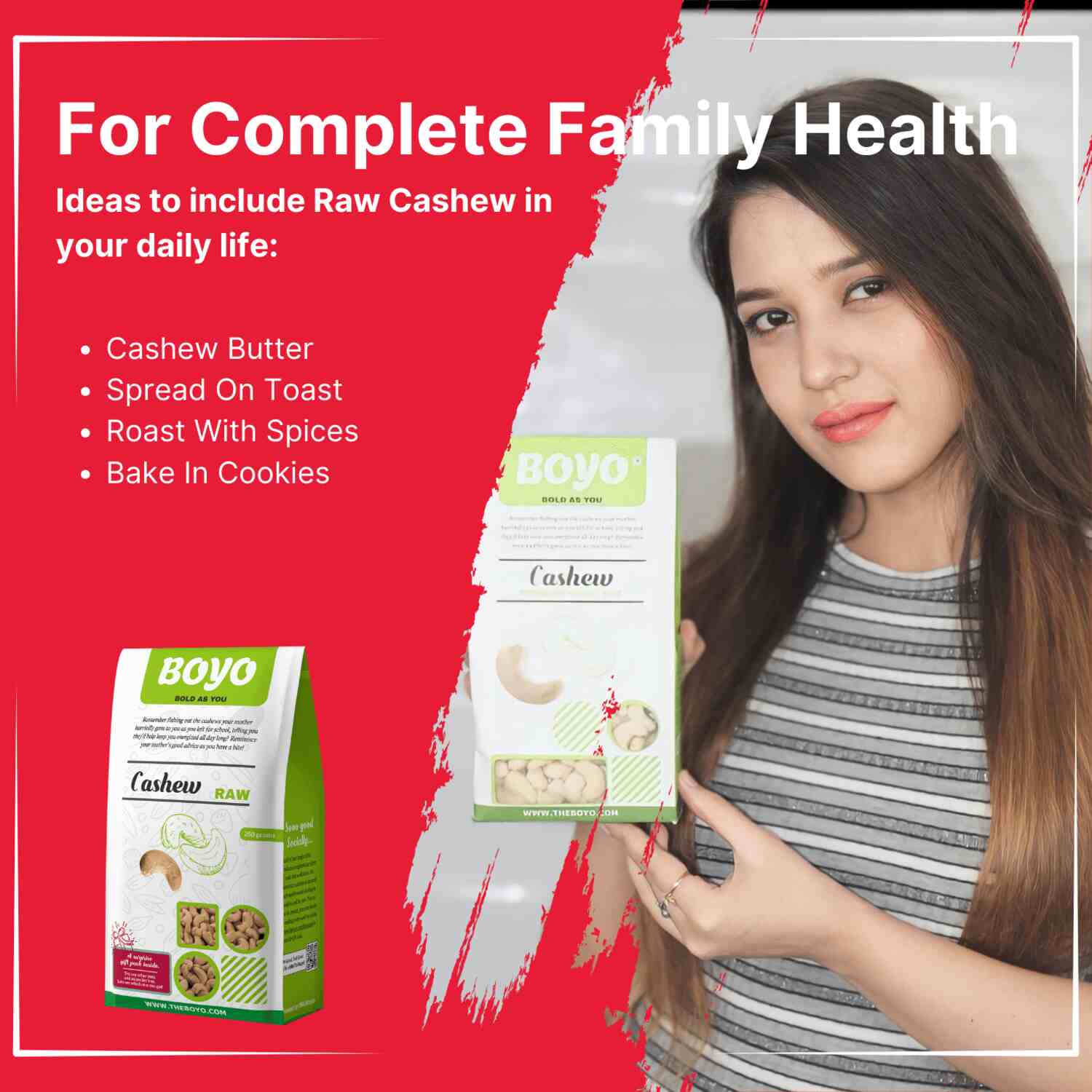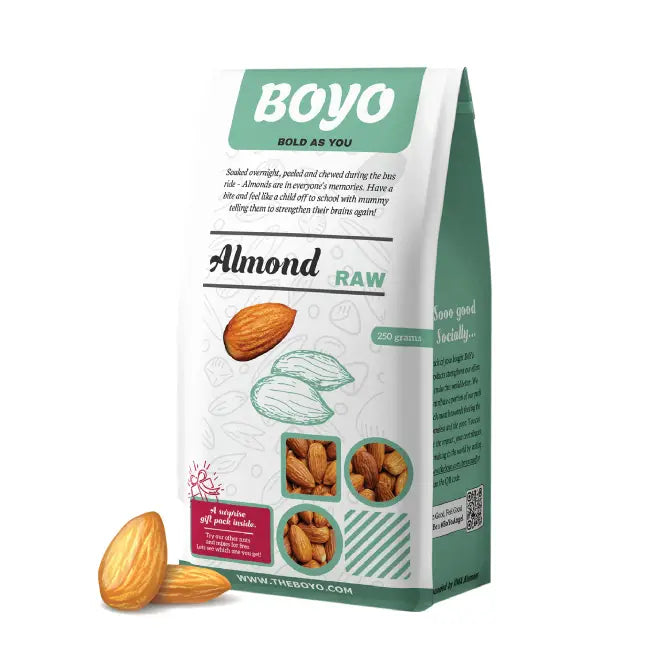1. How does the taste and texture of munakka differ from other dried fruits, such as raisins?
Munakka has a distinct taste and texture compared to raisins. It is often chewier, with a slightly tangy and robust flavor. Raisins, on the other hand, tend to be sweeter and plumper, offering a different overall mouthfeel.
2. Are there any traditional or cultural uses of munakka in different cuisines or medicinal practices?
Munakka holds traditional significance in various cuisines and medicinal practices. It is commonly used in Indian Ayurvedic medicine for its perceived health benefits. In culinary applications, it may be incorporated into sweets, desserts, or festive dishes.
3. How does the size and color of munakka grapes influence their flavor and nutritional content?
The size and color of munakka grapes can influence both flavor and nutritional content. Smaller grapes may result in a more concentrated flavor, while darker hues can indicate higher antioxidant levels. These factors contribute to the overall taste and health benefits of munakka.
4. What are the health benefits associated with the regular consumption of munakka?
Regular consumption of munakka is associated with various health benefits. It is rich in antioxidants, fiber, and certain vitamins and minerals. Munakka is believed to support digestive health, boost immunity, and contribute to overall well-being.
5. What is the best way to store munakka to maintain its freshness and prevent spoilage?
To maintain the freshness of munakka and prevent spoilage, store it in a cool, dark place in an airtight container. Refrigeration can further extend its shelf life. Protecting it from moisture and exposure to air will help retain its texture and flavor over time.
